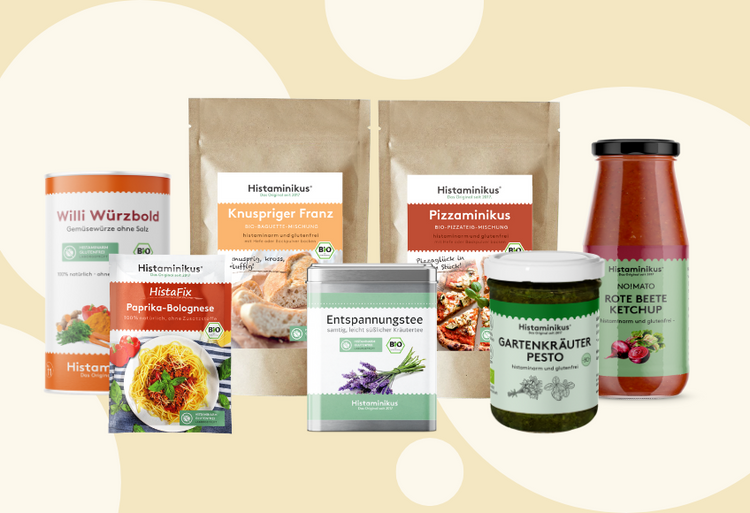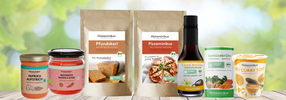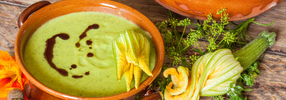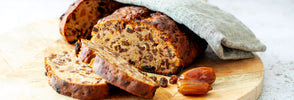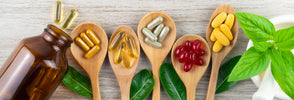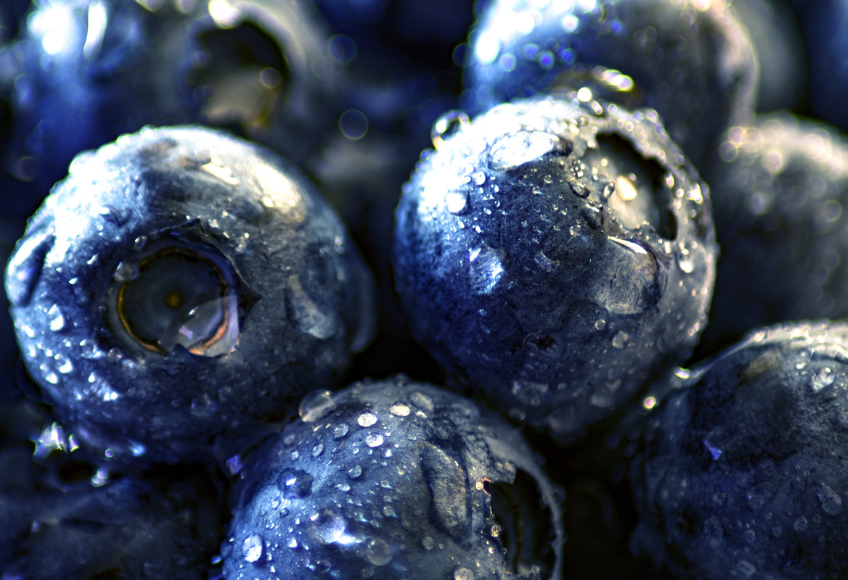Quercetin is a natural histamine inhibitor. It stabilizes the mast cells and the basophilic granulocytes that have an important role in controlling allergic reactions.
It also has an antiviral, anti -inflammatory and antioxidant.
Quercetin is a yellow natural dye, which is one of the bioflavonoids, a subgroup of the polyphenol. These plant substances are responsible for the color of the flowers and leaves, but they also serve the plants as protection against harmful environmental influences.
The Latin name "Quercus" (oak) points out that a particularly high content of quercetine occurs under the bark of the oak. This valuable fabric is also located directly under the bark or shell for other plant species. If you remove the shells, the quercetine content of the plant drops considerably.
Worldwide research is currently being researched how exactly quercetin works and what positive properties it has. What is certain, however, is that many allergy sufferers and histamine intolerants experience a significant improvement in their symptoms when they take quercetin. A combination of natural vitamin C is recommended as a capsule or in the form of vitamin C plants/fruit, which leads to an impairment.

👉🏼 Which plants have a particularly high quercetin content?
• lovage
• Onion
• kale
• broccoli
• Green beans
• apples
• Red grapes
• blueberries
• raspberries, blackberries
• Green tea
Quercetin capsules are usually made from a flower extract of the Japanese cord (Sophora Japonica) or a kind of fruit pod of a tree based in Brazil called Fava d’Atta = Dimorphandra Mollis.
Recommendation of income: 1- 2 capsules every day, 500 mg each (not permanent)
• Preventive about 2 to 4 weeks before the pollen flight time start taking
• as impact therapy for acute HIT symptoms or allergies up to 3 capsules, then 1 - 2 capsules daily
ℹ️ Quercetin is also included in the "Basics":
https://histaminikus.de/collections/nahrungserganzungsmittel/products/basics
